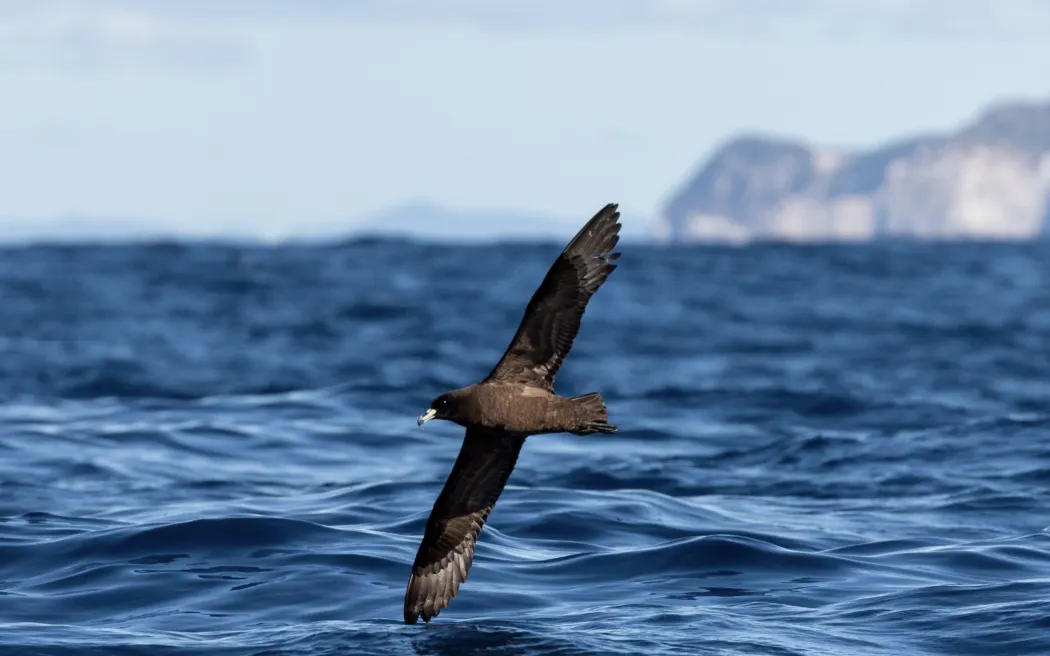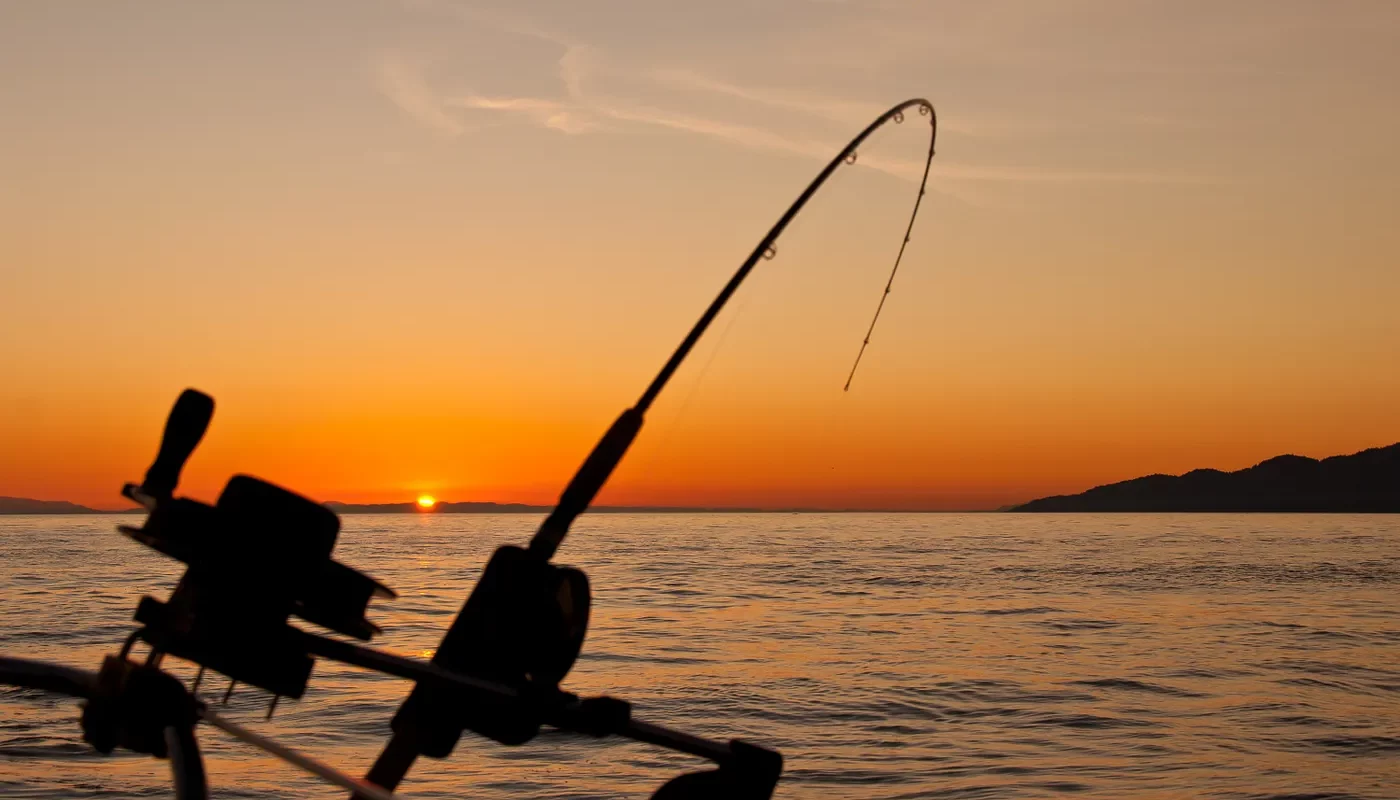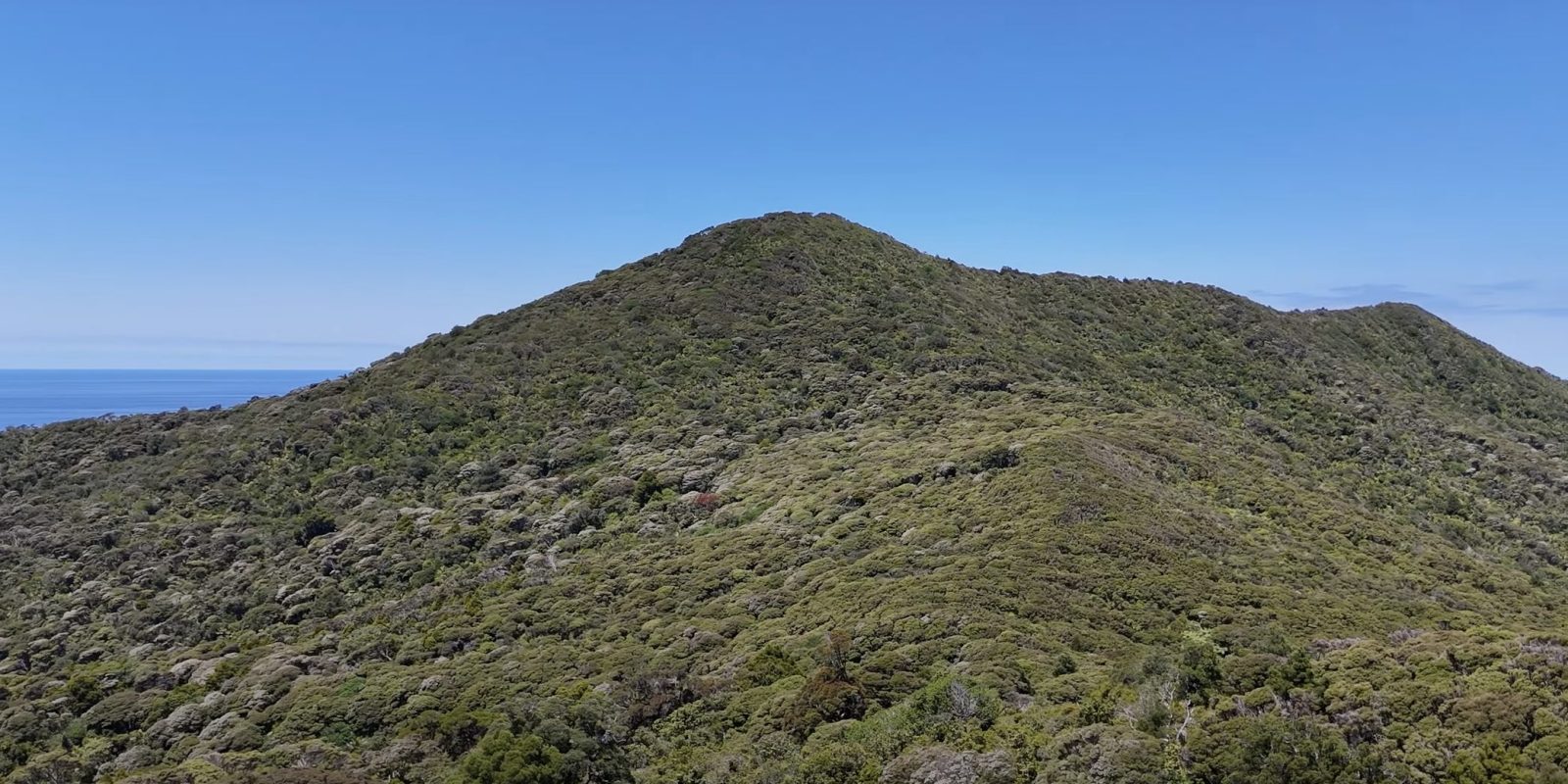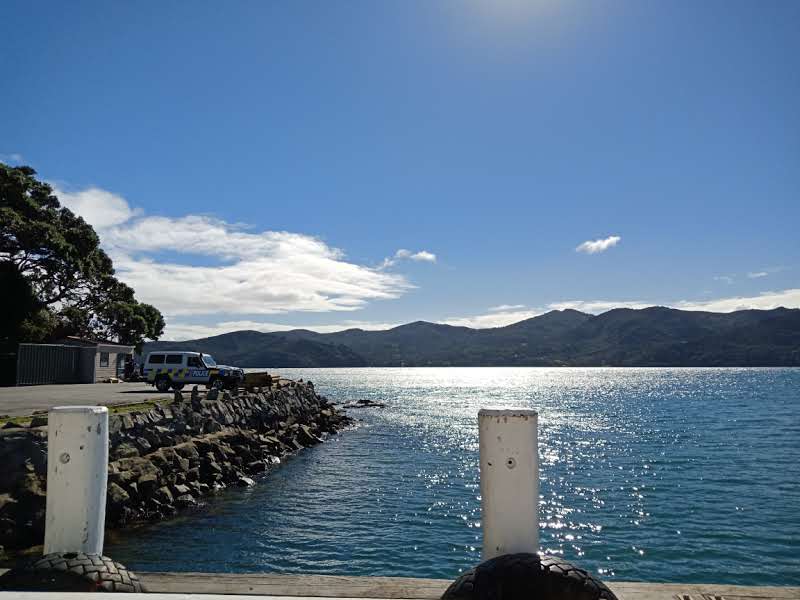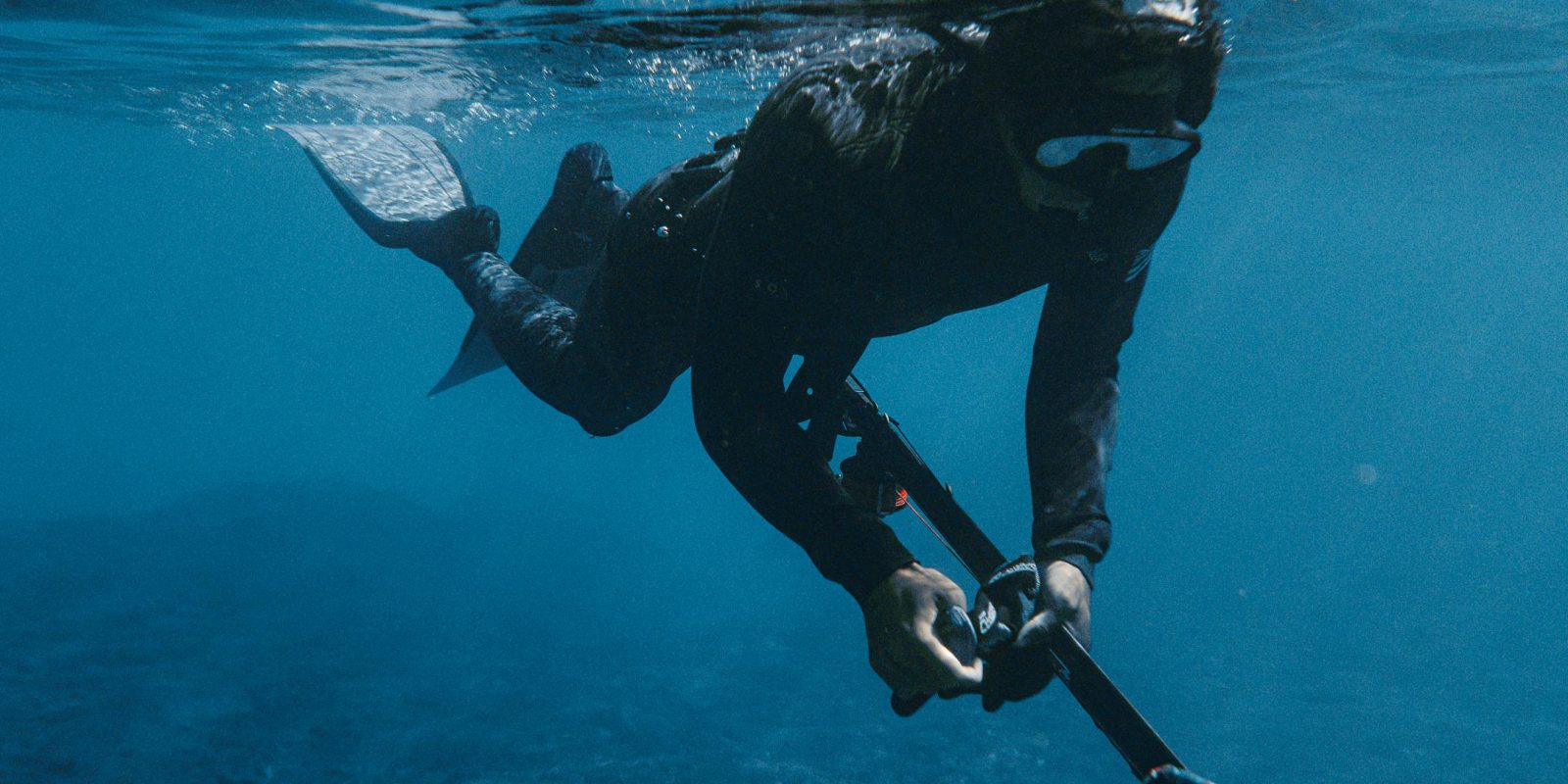Black Petrels get a lifeline with new conservation push
Great Barrier’s endangered Black Petrels are getting a major boost, with a new three-year programme aimed at improving chick survival and strengthening the local population. With just 5,000 breeding pairs remaining, scientists hope unprecedented tracking and monitoring will give these…


